Nematode Cysts and DNA Methylation
 Plant-parasitic cyst nematodes (Heterodera species) are among the most devastating pathogens of plant roots. These obligate parasites initiate a long period of biotic interactions with their host plants where formation of an operative feeding structure, the syncytium, is vital for nematode survival and development. The nematode provokes differentially terminated cells in the vascular root tissues to redifferentiate into a syncytium cell type, a switch that involves simultaneous changes in the expression of thousands of genes. Though the mechanisms controlling gene expression changes in the syncytium remain ill defined, recent studies indicate that epigenetic mechanisms including noncoding small RNAs and DNA methylation may play fundamental roles. DNA methylation can regulate the expression of protein-coding genes and the activity of transposable elements. Hewezi et al. () have generated mRNA and small RNA transcriptomes of Arabidopsis roots infected with the beet cyst nematode Heterodera schachtii as well as methylome maps of single-base resolution. They report extensive differences in the methylomes of Arabidopsis roots during the nematode infective stages corresponding to syncytium formation and maintenance phases. H. schachtii-induced methylome changes are characterized by substantial increases in hypomethylation patterns that occurred predominantly in gene bodies and transposable elements in a context-specific fashion. Collectively, their data suggest that differential DNA methylation associated with gene expression changes in the syncytium may determine the compatibility of the interaction between Arabidopsis and H. schachtii.
Plant-parasitic cyst nematodes (Heterodera species) are among the most devastating pathogens of plant roots. These obligate parasites initiate a long period of biotic interactions with their host plants where formation of an operative feeding structure, the syncytium, is vital for nematode survival and development. The nematode provokes differentially terminated cells in the vascular root tissues to redifferentiate into a syncytium cell type, a switch that involves simultaneous changes in the expression of thousands of genes. Though the mechanisms controlling gene expression changes in the syncytium remain ill defined, recent studies indicate that epigenetic mechanisms including noncoding small RNAs and DNA methylation may play fundamental roles. DNA methylation can regulate the expression of protein-coding genes and the activity of transposable elements. Hewezi et al. () have generated mRNA and small RNA transcriptomes of Arabidopsis roots infected with the beet cyst nematode Heterodera schachtii as well as methylome maps of single-base resolution. They report extensive differences in the methylomes of Arabidopsis roots during the nematode infective stages corresponding to syncytium formation and maintenance phases. H. schachtii-induced methylome changes are characterized by substantial increases in hypomethylation patterns that occurred predominantly in gene bodies and transposable elements in a context-specific fashion. Collectively, their data suggest that differential DNA methylation associated with gene expression changes in the syncytium may determine the compatibility of the interaction between Arabidopsis and H. schachtii.


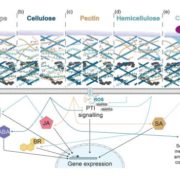
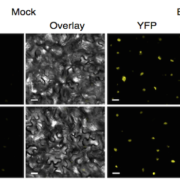
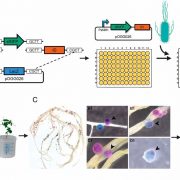
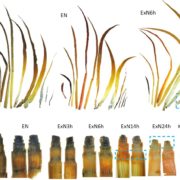

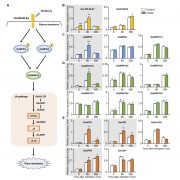


Leave a Reply
Want to join the discussion?Feel free to contribute!